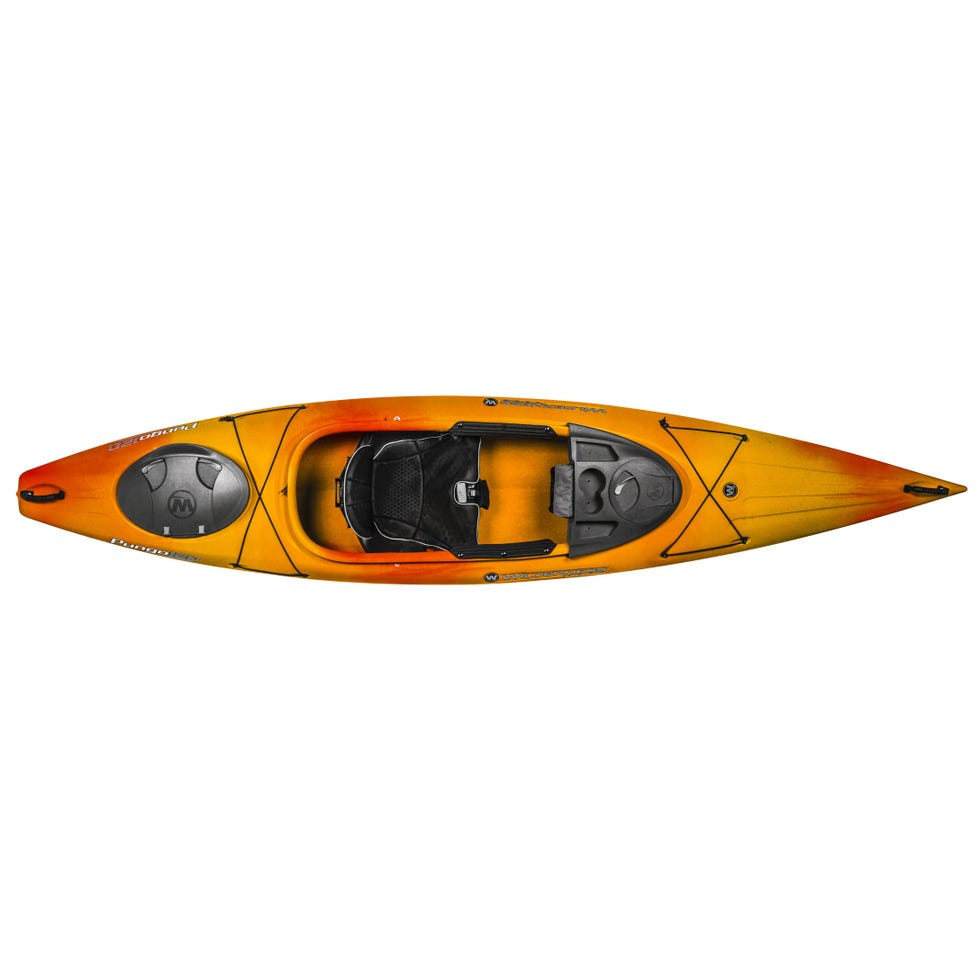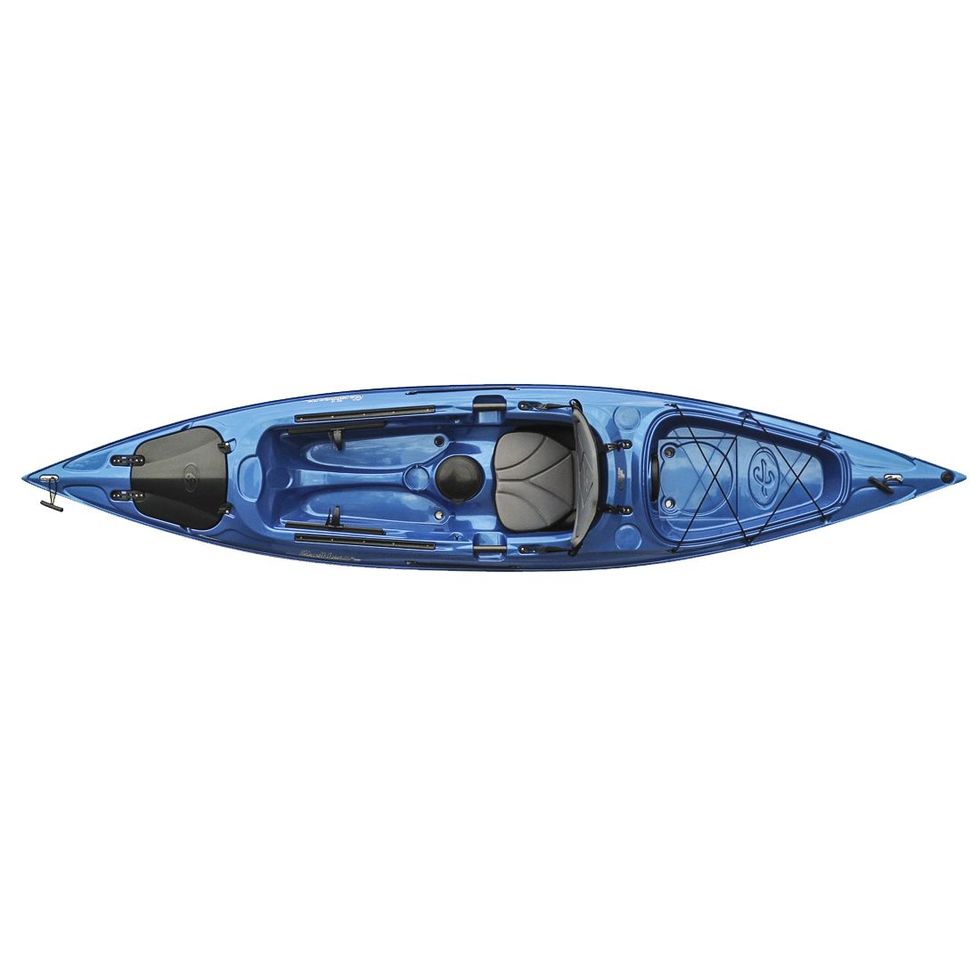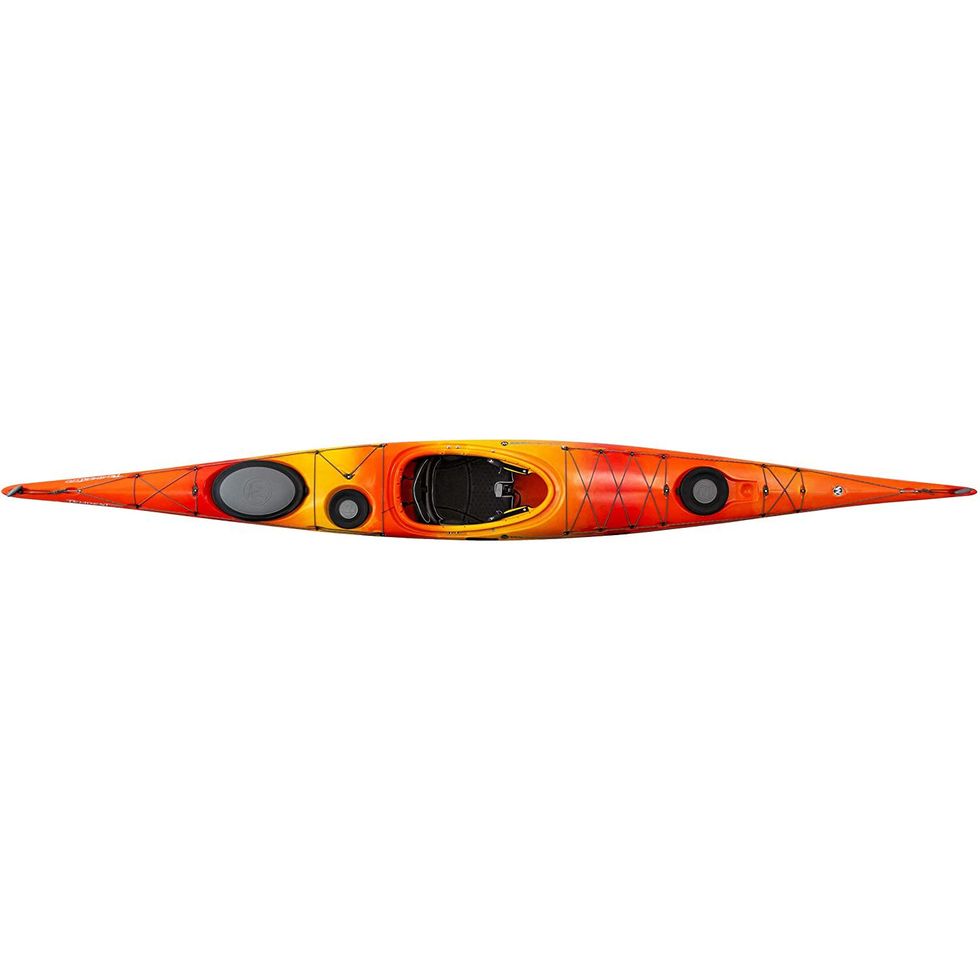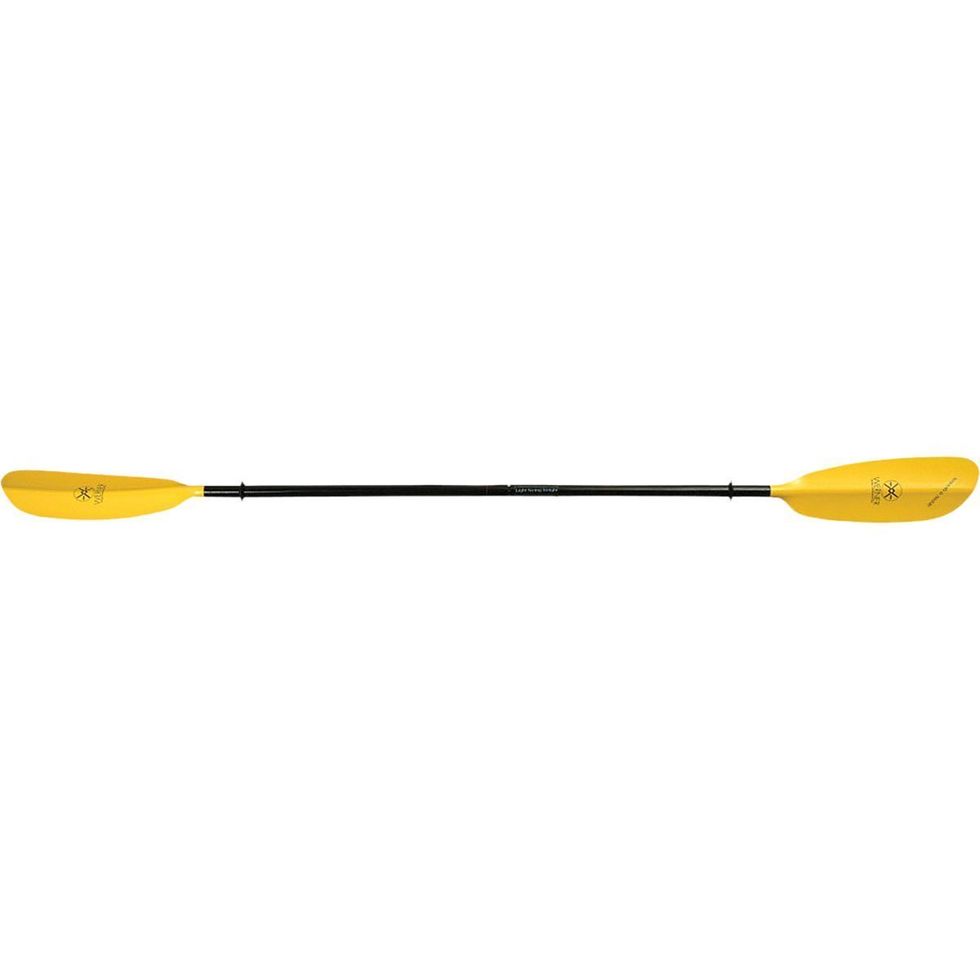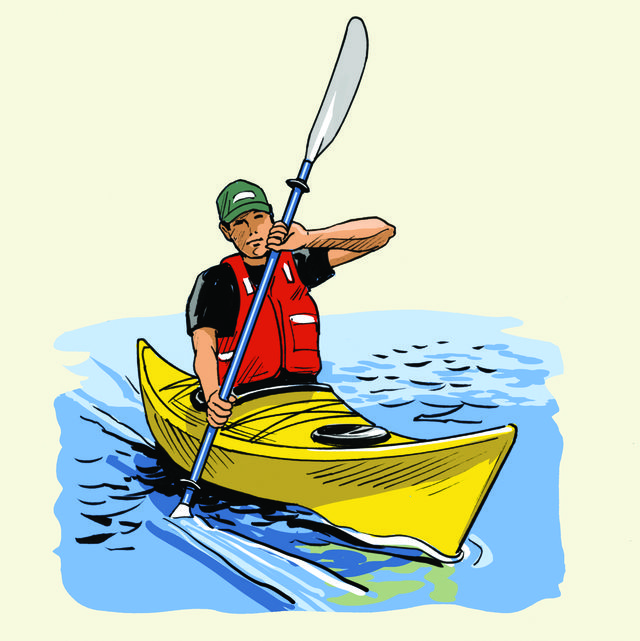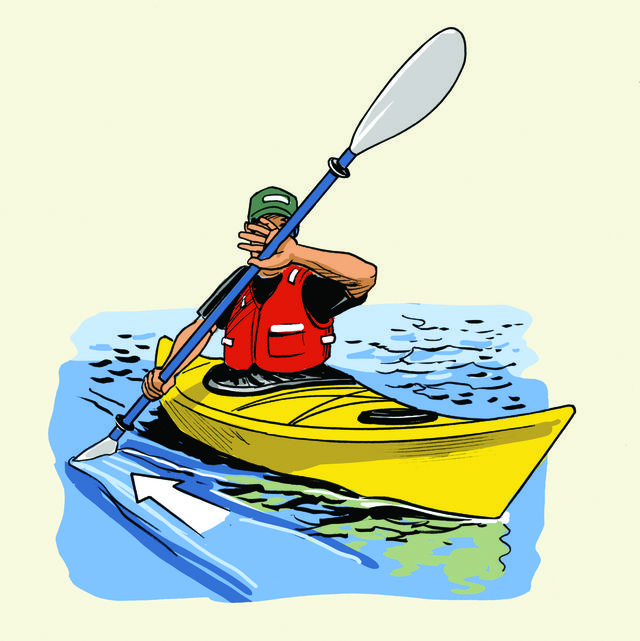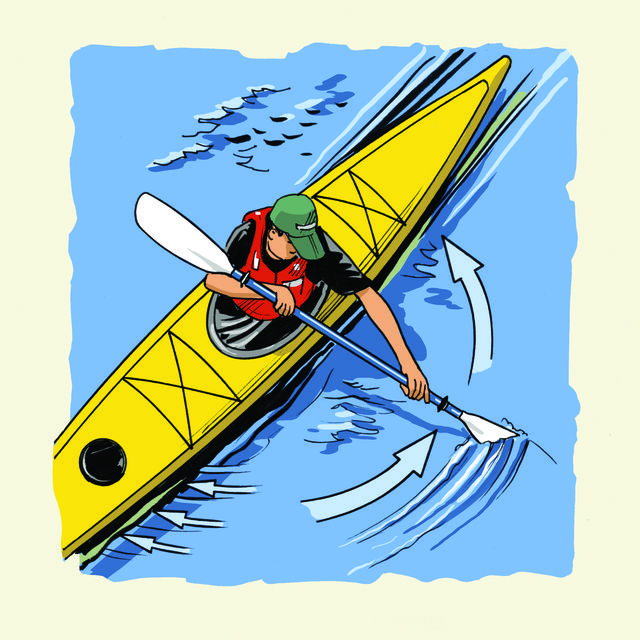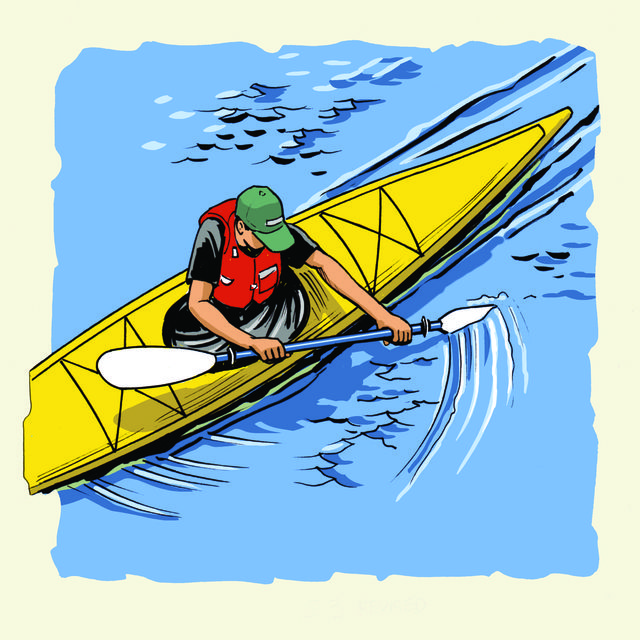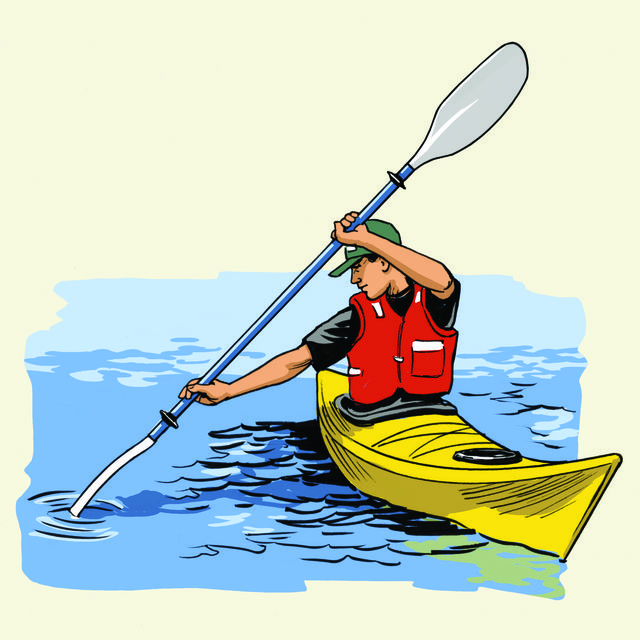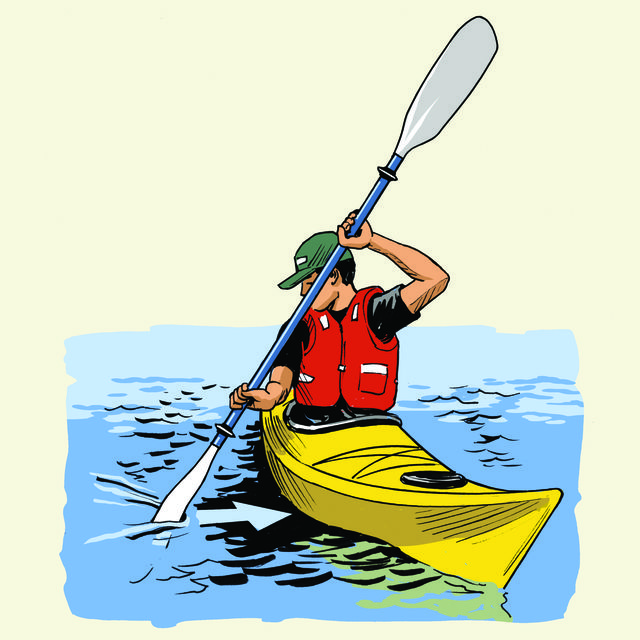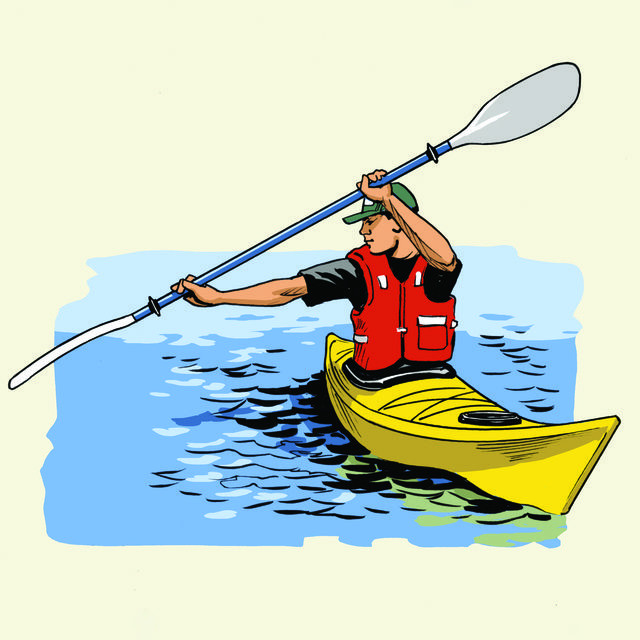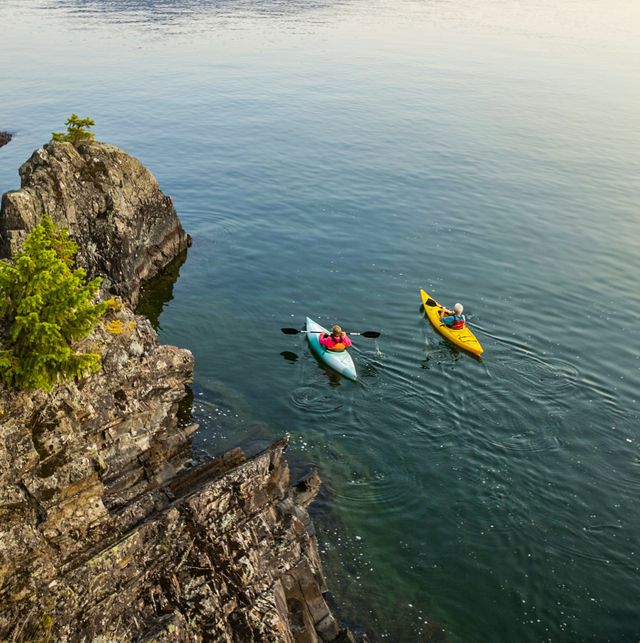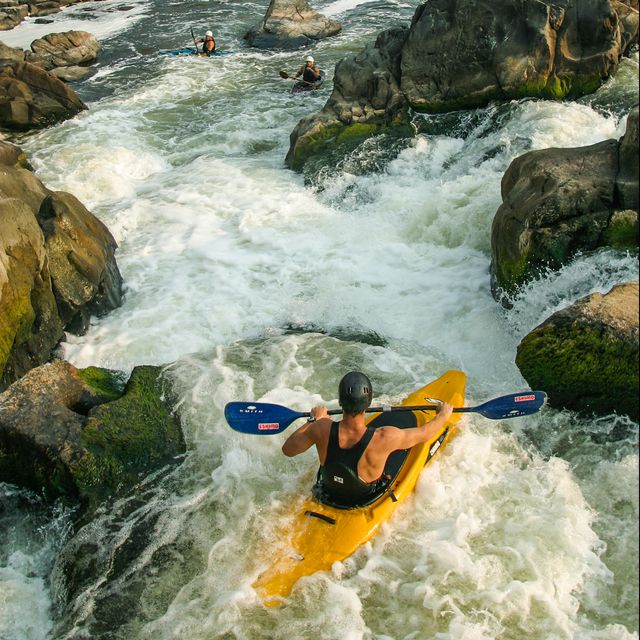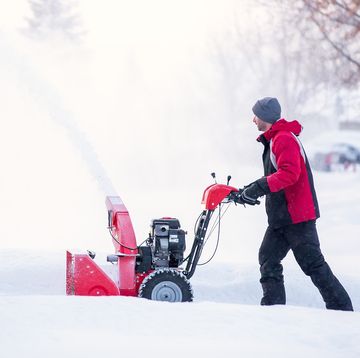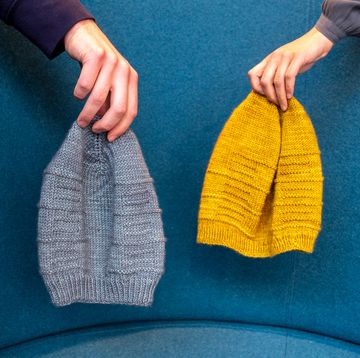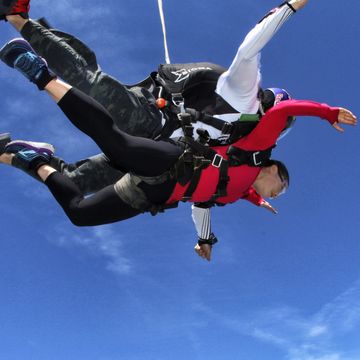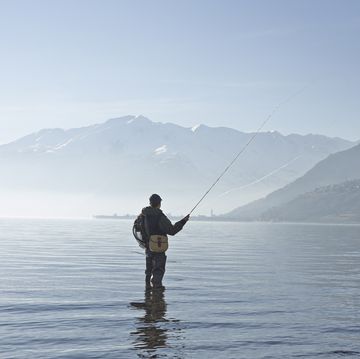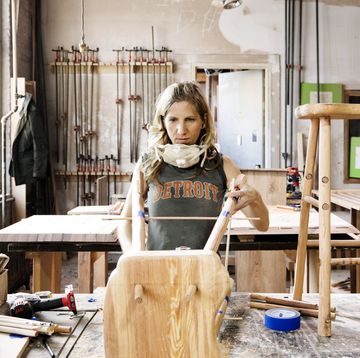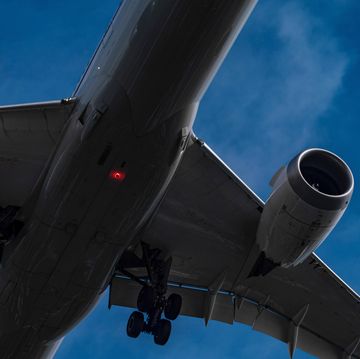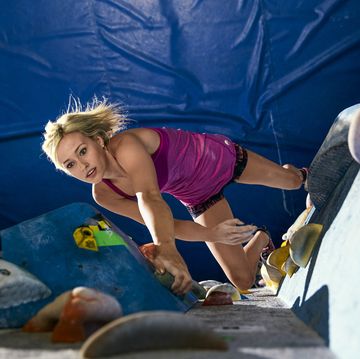Traveling in a kayak feels like you're tricking the universe. The boat has the impression of being vulnerable because it's so small—an ocean going boat that you can pick up with one hand. But once you gain some skills in it, the kayak is the safest, most seaworthy boat in the world. The universe thinks that you're out there doing something dangerous, but really you're in total control.
I've traveled the world in a kayak, thousands of miles on many expeditions. I've gone around Cape Horn near Antarctica, through the gnarliest piece of ocean on the planet, even for big ships. I've paddled from Japan to Alaska, retracing the steps of Stone Age mariners. In 2012, I circumnavigated Ellesmere Island in the Arctic Circle on a 1,500-mile trip.
The best thing about the kayak is it puts you in direct, intimate contact with nature. Yachts are great, but a kayak requires personal, tactile skill and interaction with your surroundings. When you're in a kayak, your butt is below the level of the water and waves are washing over your boat, your chest, maybe even over your head. I've paddled past grizzly bears feeding on clams and come eye-to-eye with a gray whale. I've sat on top of a 60-foot wave, then surfed down it in a 65-pound boat.
But that's not where you'll start. You might start on a lake or a stream behind your house. And it's just as fun.
The Gear
How To Paddle
Forward/Backward Stroke
Controls forward and backward movement.
Sweep Stroke
Turns the front or back of the kayak.
Draw
Moves your kayak laterally without changing direction.
You Want To Kayak...In a Lake, Slow-Moving River, Or Calm Ocean
You'll need: A recreational kayak
Which will cost you: $200 to $1,500
The gist: Recreational kayaks are the midsize sedans of the boating world. They are affordable, stable, and easy to maneuver through water, making them popular for beginners. Best for slow-moving water, these 9- to 12-foot boats have wide cockpits that make getting in and out easy.
While you can get them for as little as $125, Forrest Wells, manager of Olympic Outdoor Center in Port Gamble, Washington, recommends that you invest a little more. About $500 to $800 gets you a recreational kayak that is sturdy, reliable, and even a little comfortable.
A common variant of the recreational kayak is the sit-on-top kayak, which has shallow impressions to sit in rather than a formal cockpit. It’s great for fishing since you can more easily shift around in your seat. It’s also great for paddlers who want to occasionally jump out of their boat and swim.
Necessary gear:
- Personal Flotation device (PFD): Whatever type of kayaking you choose, you’ll need a specialized life vest—not the big orange ones you used as a kid and not the low-profile waterskiing vests. Kayaking PFDs have less padding and material near your neck and shoulders so that they don’t inhibit the motion of your arms, and they typically have as much mesh paneling as possible for better breathability and comfort.
- Paddle: Most men of average height will use a 210- to 220-cm paddle, measured tip to tip. If you’re particularly aggressive—someone who is interested in going fast and thus angles the paddle into the water closer to 90 degrees—opt for something a little shorter. Paddles come with straight shafts (usually less expensive) and bent shafts (improved ergonomics means less stress on your wrists).
- Float bags: Many boats have built-in bulkheads for increased buoyancy. But if yours doesn’t, you’ll need float bags—inflatable bags that typically go in the stern to keep your boat from sinking when you fall out. And you’re probably going to fall out.
- Bilge pump: A handheld plastic pump used to remove water from your boat.
You Want To Kayak...In the Open Sea
You'll need: A touring kayak
Which will cost you: $800 to $1,800, generally, but can get as high as $6,000 if you opt for composite materials. Try one out on a guided tour before investing in your own.
The gist: Touring kayaks are long—11 to 17 feet—and meant to be used in the ocean or other open water. They’re for serious paddlers covering serious distance. In fact, most people use them for overnight trips, taking advantage of the boats’ ample storage space to go on multi-day expeditions with camping gear. These boats won’t feel as stable as a recreational kayak and will take some getting used to. Most touring kayaks have small cockpits to keep you firmly planted in your seat, even in choppy water.
Necessary gear:
- PFD, float bags (if necessary), bilge pump
- Paddle: A little longer than a recreational kayak paddle; 230 to 240 cm is ideal for most men.
- Spray skirt: A water-resistant neoprene seal that fits tightly around your waist, then spreads out just wide enough to seal off the edge of the cockpit.
You Want To Kayak...In Rapids
⚠️ Whitewater kayaking can be dangerous if you’re inexperienced. When you’re just starting out, rent a boat and take lessons through a recreational facility. Once you’ve got the skills, including the ability to roll—rotating the boat and yourself under the water and back up on the other side—you can think about buying one for yourself.
You'll need: A whitewater kayak
Which will cost you: $700 to $1,500
The gist: Whitewater kayaks are short and round, designed to maneuver through fast water and to dodge rocks and other obstructions. They have small cockpits to make it easier for you to stay inside the boat while flying downstream. In calm water these stocky boats are slow and difficult to paddle straight, so they are ideal for fast-moving rivers.
Necessary gear:
- PFD, float bags, bilge pump
- Paddle: Relatively short to allow for faster paddling. Look for 194 to 203 cm.
- Helmet: Water may not be that hard, but the rocks beneath it definitely are.
- Throw rope: A rescue bag with a length of high-strength rope (around 50 to 75 feet). The funnel top helps the rope come out smoothly so that you can throw the bag farther—and into almost any situation someone may need help extracting himself from.
💡 Invest in an alert whistle. Every kayakers should have one, but this is especially so in moving water where it can be hard to hear calls for help.
One Last Thing...What To Do When You Flip Over
Don’t worry about flipping your kayak. It’s inevitable. Also: not scary.
A sit-on-top kayak is the hardest to flip and the easiest to recover from. It’s wide enough that you can just hop back on, and some have self-bailing drain holes. In a whitewater or touring kayak, you can just roll back up (after hours of training to master the skill). In a recreational kayak, you’re not likely to get trapped inside. You just push the kayak off of you like you’re pushing yourself up from the sofa, and you slip right out.
The real challenge is getting back in. Here’s how to do it:
If you can, get to land, where you can easily drain your kayak. If you can’t get to land and you have a partner, position your kayak perpendicular to your partner’s boat, push down on the stern to get the bow out of the water, and have your partner slide the bow across the deck of his boat to drain the water. If you can’t get to land and you’re alone—which, technically speaking, should never happen, since you should never kayak without a partner—one option is to get back in the wet boat and bail the water out using a bilge pump or bailing with your empty water bottle.


